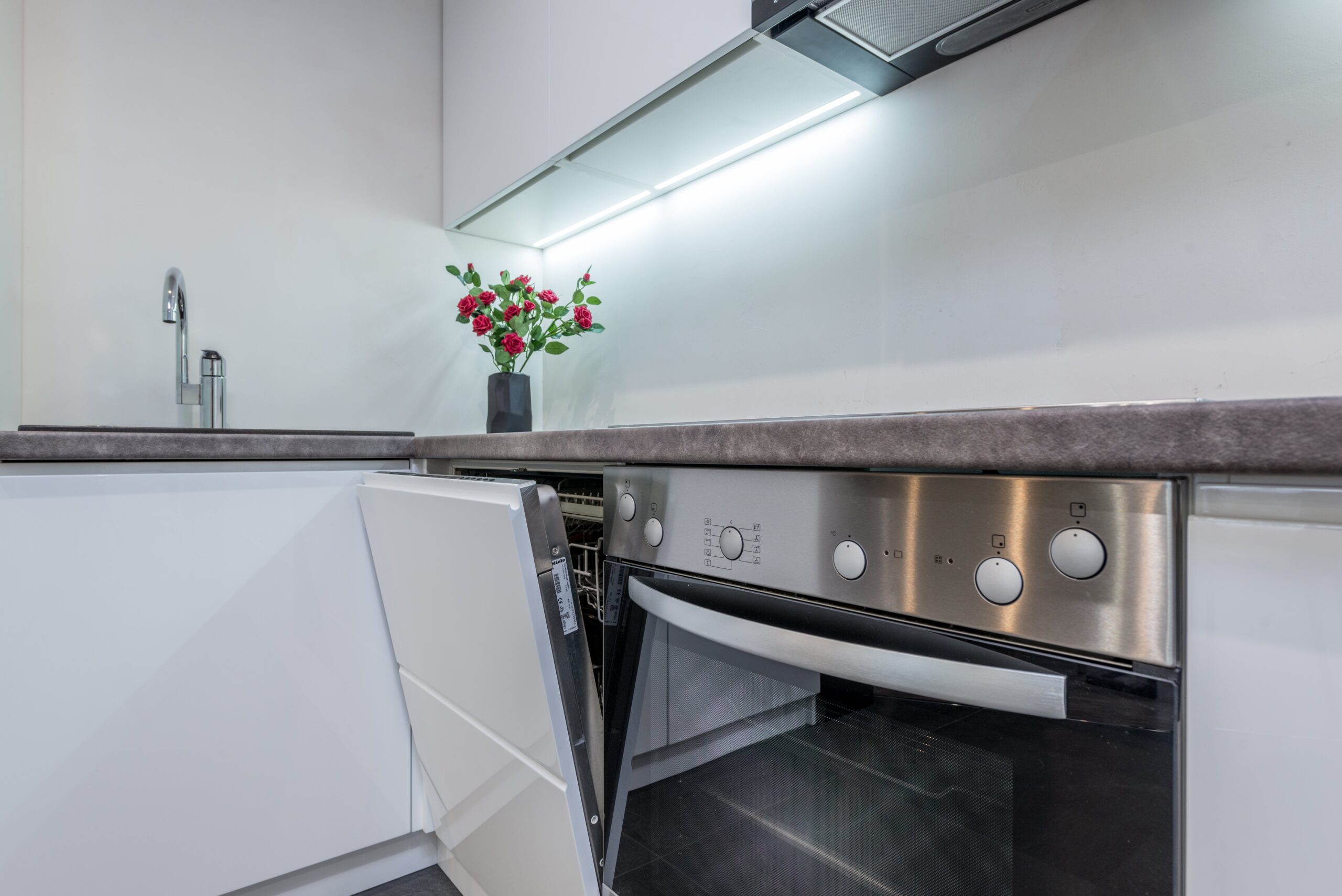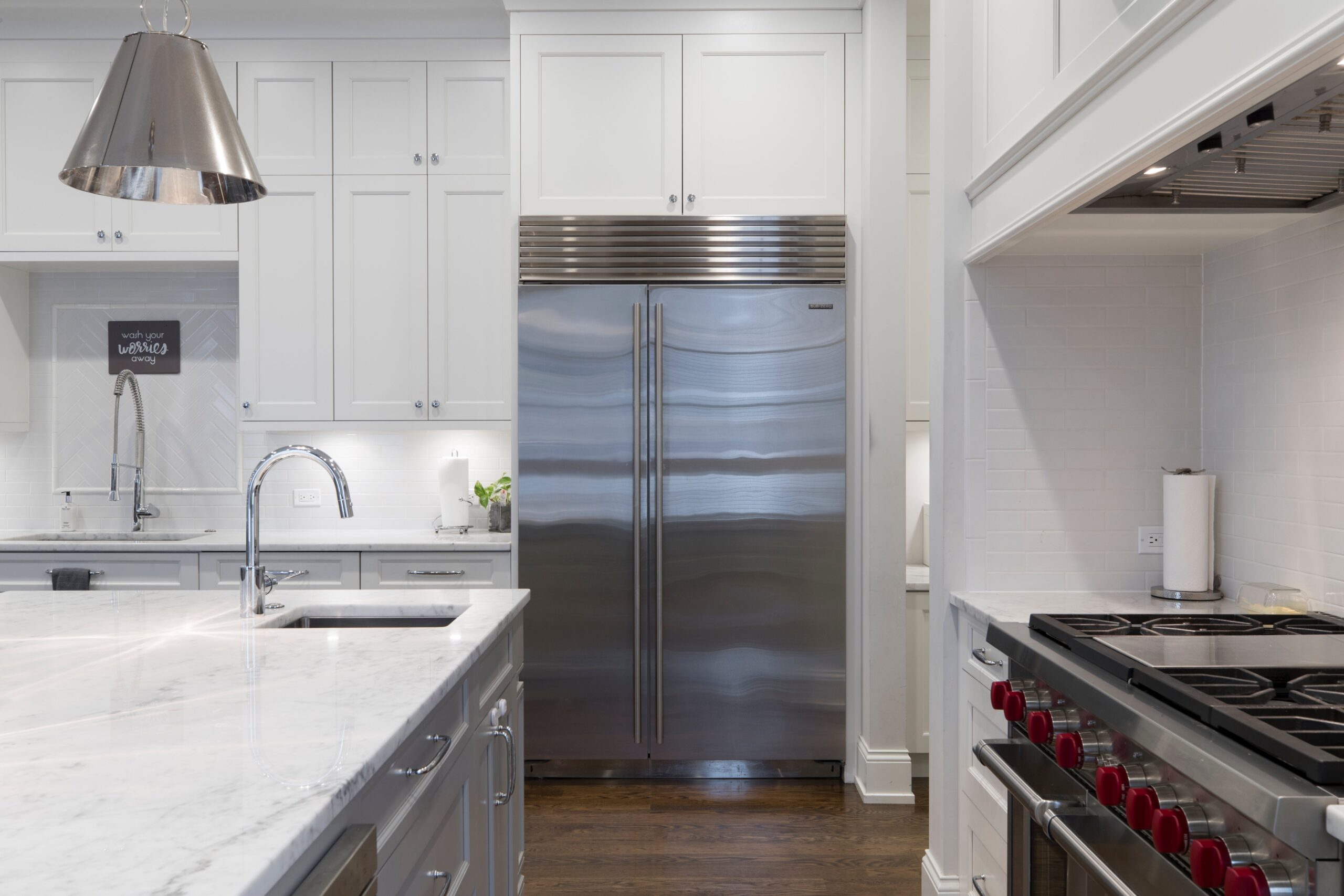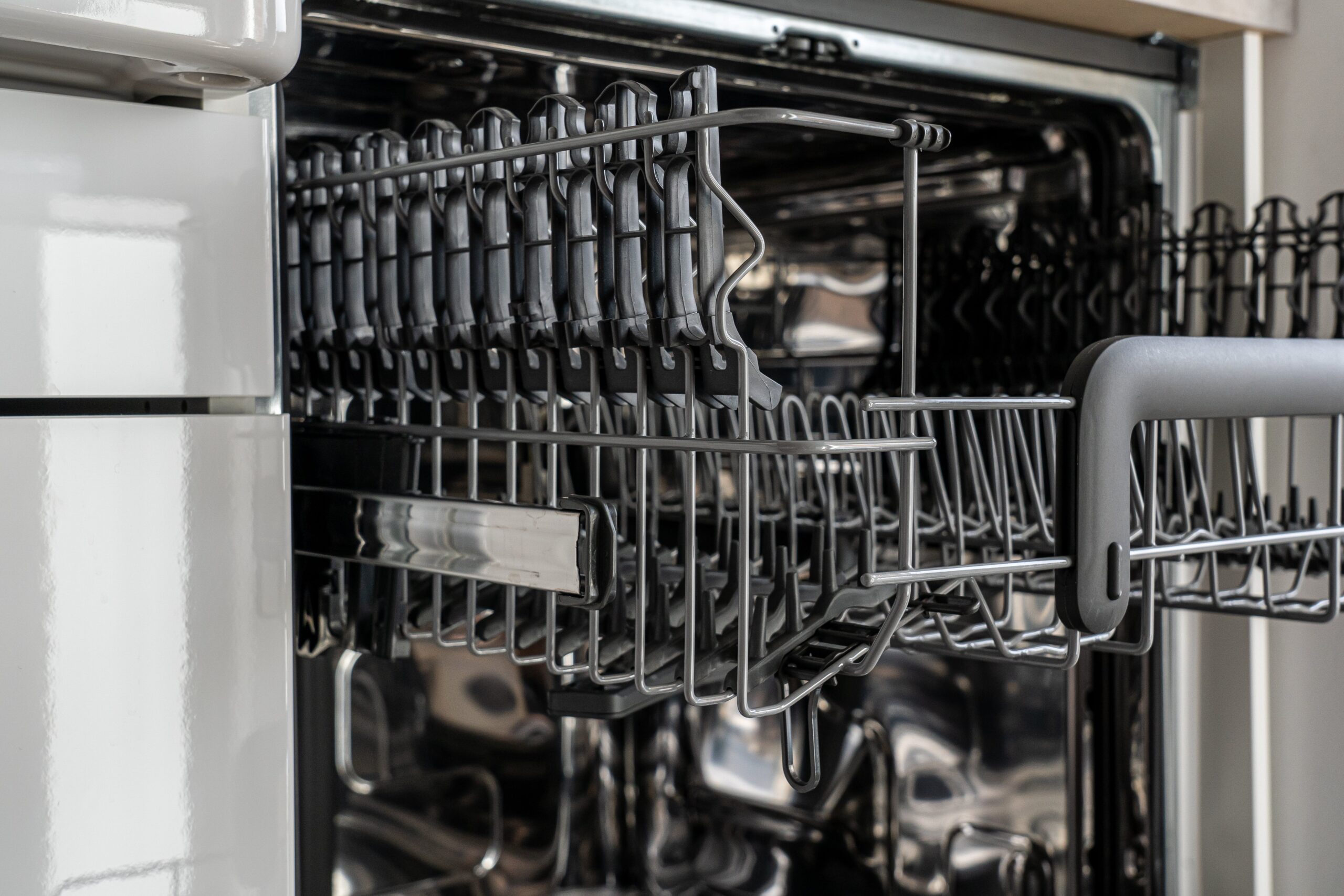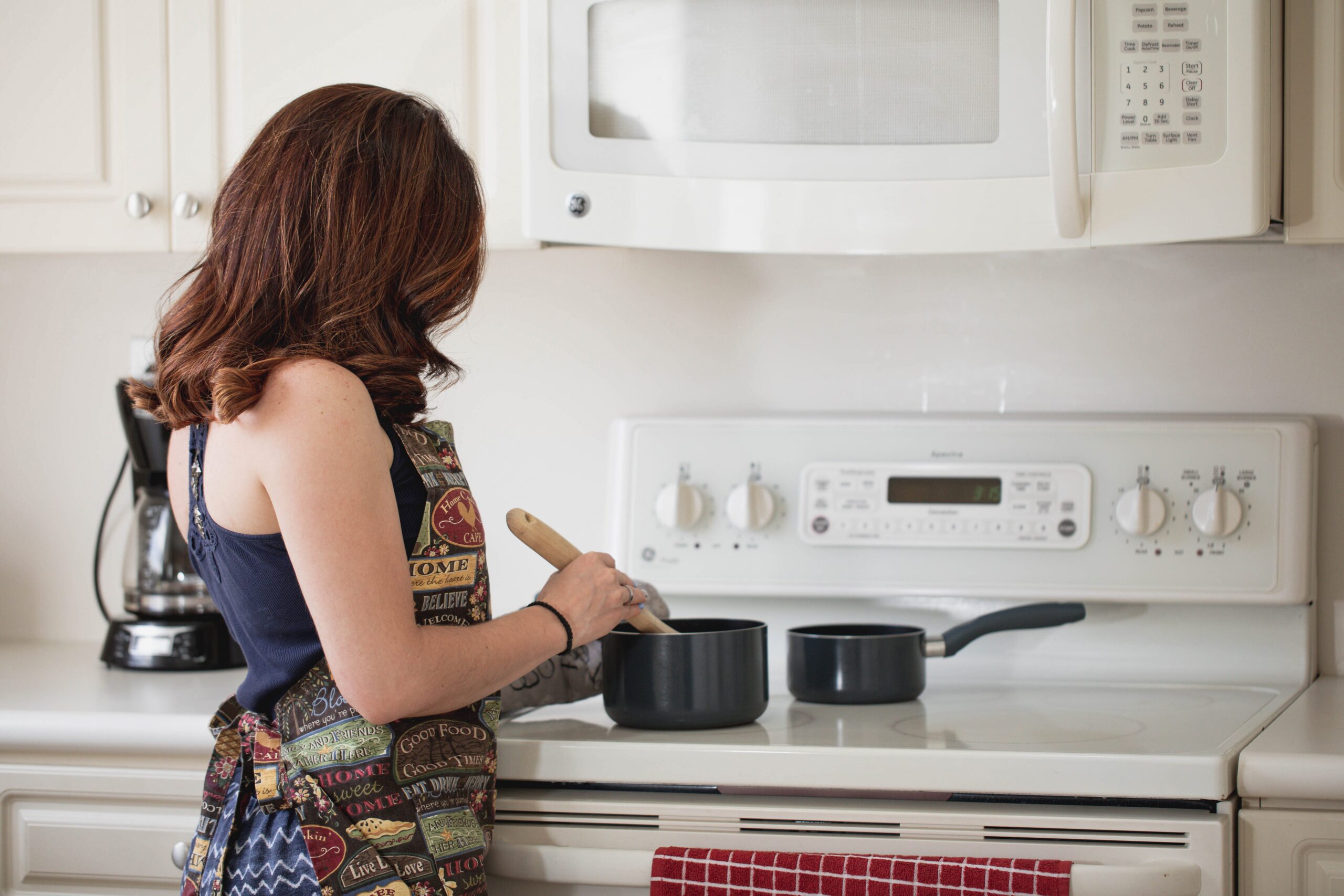Every decision we make now can help create a future where sustainability is prioritized. Among these options, choosing kitchen appliances is crucial for minimizing our environmental impact. Investigating the realm of energy-efficient kitchen appliances is essential as we traverse the modern kitchen environment. This article walks you through the process of creating a more ecologically friendly kitchen by exploring the significance of eco-conscious decisions in the center of our homes.
Understanding Energy Efficiency
Energy efficiency, expressed simply, is the practice of using less energy to accomplish a task, hence lowering energy costs, and lowering pollution. Due to inefficiencies and energy loss, many items, houses, and buildings utilize more energy than they need. One of the simplest methods to reduce energy expenditures and decrease energy waste is through energy efficiency. It is also among the most economical ways to stop climate change, improve the quality of the air we breathe, assist families in sticking to their budgets, and help businesses increase their profits. Energy-efficient items are a popular choice or investment for millions of American individuals and businesses.
Energy Star Rating System
The United States created a program called the Energy Star certification system. America’s Environmental Protection Agency (EPA) and the U.S. Department of Energy (DOE) assist customers in locating items and methods that conserve energy. It offers a standardized rating and labeling system that aids consumers in selecting appliances, electronics, lights, and other products after researching. Energy-efficient and environmentally responsible products that have earned the Energy Star badge often use less energy and emit fewer greenhouse gasses than comparable products. The objectives of this program are to encourage energy efficiency, lower utility bills, and lessen the negative environmental effects of common products.
Calculating Energy Consumption and Savings
You may decrease your energy use and cut your monthly power cost by better understanding energy consumption. Kilowatt-hours (kWh), a unit of measurement for electricity, are used by each appliance and equipment in your home. Your home’s overall kWh usage is your power consumption level. You pay your energy provider for each kWh of electricity you use in a given month.
You can find out what variables influence energy use, which parts of your home use the most energy, and how to reduce energy consumption by monitoring your household’s energy use.
How much electricity you use to run your HVAC system, lights, electronics, appliances, and other things is reflected in your monthly energy statement. Examining previous electric bills is one simple technique to determine your normal energy usage. You may estimate your monthly energy usage by looking at your previous invoices, which will show you how much electricity you used each month.
Reviewing previous energy bills can show you your energy trends on a monthly or annual basis, but it will not tell you where your home’s major energy consumers are. This is where manually measuring your energy usage comes into play. While the expenditures related to heating, cooling, and lighting can be more difficult to manage because they are typically on, it is simple to determine how much your devices contribute to your overall power consumption. By unplugging or using those gadgets less frequently, you can modify your use and reduce your bill. Use the following formula to determine your power consumption manually:
- Determine how many watts your appliances and devices consume each day.
- Add up all of the watts.
- Do the watts to kilowatts conversion. One kilowatt equals 1,000 watts.
- By dividing the kilowatts each month by your electric rate, you can calculate the cost.
Key Energy-Efficient Kitchen Appliances
If it has been at least 15 years since you changed your kitchen equipment, it may be time to do so, if not for the benefit of the world, then at least for the new features and conveniences.
For instance, by investing in an Energy Star-certified refrigerator, you may cut your carbon footprint by 8,200 pounds over five years, or the equivalent of driving 9,300 miles.
You can gain even more eco-points by replacing your outdated dishwasher and stove.
Sell or donate your appliances if they are still in good working order rather than throwing them away. They might still be useful to someone who needs them. Locate a recycling program for appliances in your area if they are ready to be thrown out. This is crucial for refrigerators since they contain greenhouse gases that need to be carefully removed to stay out of the atmosphere.
Refrigerators and Freezers
Of all the kitchen appliances, your refrigerator uses the most electricity, yet earlier refrigerators used a lot more energy than current models. A new Energy Star-certified refrigerator uses half as much energy as a refrigerator that is 15 years old or older.
However, depending on the style, there are efficiency variances among the new refrigerators as well. Top-freezer and bottom-freezer refrigerators are more energy-efficient than side-by-side and French-door models, but none of the built-in refrigerators we looked at received an Excellent grade for energy efficiency. Additional things to think about are using those gadgets with automatic ice makers, through-the-door ice and water dispensers, and anti-sweat heaters that use up to 20% more electricity.
Dishwashers
Dishwashers today use 4 to 6 gallons of water every load, which is nearly half as much as machines from 20 years ago. However, if you want to make the largest impact, opt for the Energy Star certification because certified dishwashers are 12 percent more efficient than uncertified ones. In CR’s ratings, many dishwashers receive an Excellent grade for energy economy, but the very finest dishwashers also receive high marks for washing and drying.
To have even less of an impact on the environment, many contemporary dishwashers additionally provide a variety of wash cycles:
- The water use is adjusted automatically based on how dirty the dishes are as detected by a soil sensor.
- The cycle will be shorter and consume less water and energy on the Half Load or Light Load settings.
- You can air-dry as an optional heated option to conserve energy. When the wash is finished, some models even open the door to let air in and release steam. Others use a fan instead of a heating element to dry their dishes.
Ranges
Residential ranges are not Energy Star certified, although induction ranges currently have the best energy performance. They consistently outperform all other groups in our range testing. Electromagnetic stovetops consume around 15% less electricity than those with electric coils. Additionally, the burners heat water more quickly than even the most powerful gas and electric stoves.
A more recent electric smooth top or coil range will still be better for you and the environment than a gas range even if you are not quite ready for induction or do not have the money for one (the models in our ratings start at around $1,000). Gas ranges lose a lot of heat while in use and release fumes that significantly worsen indoor air pollution.
Choose an oven with convection, a fan setting that typically consumes 20% less energy than a conventional oven. Because they are insulated, self-cleaning models are also slightly superior when it comes to heat loss.
Countertop
Some versions of compact appliances now perform nearly all the functions of an oven or hob, albeit on a smaller scale and with at least half the watts.
If speed is what you are looking for, a microwave can heat food in just a few minutes while using up to 80% less energy than an oven. In general, a small microwave with a power rating of 600–800 watts uses less energy than a bigger one. An additional benefit of an air-frying toaster oven is that it can produce extremely crispy food faster than an oven. A slow cooker or multi-cooker will use much less energy than a hob or oven to simmer a stew for hours.
Tips for Selecting Energy-Efficient Appliances
It makes sense to choose energy-efficient equipment to cut your energy usage and utility costs. Here are some recommendations for selecting energy-saving appliances:
- Look for the Energy Star label – Energy Star-certified appliances meet strict energy efficiency guidelines set by the EPA and DOE. When purchasing appliances, keep an eye out for this label.
- Examine the appliance’s energy rating – Energy labels offer details about an appliance’s energy usage and projected annual operating costs. To make a wise choice, compare these labels.
- Select appliances that are the appropriate size for your needs – Energy can be wasted by an enormous appliance. When choosing equipment like refrigerators, washing machines, and dishwashers, take into account the size of your household and consumption habits.
- Invest in high-efficiency models – Although they frequently cost more upfront, high-efficiency appliances can help you save money over time. For models that consume as little energy as possible, look for cutting-edge technology.
- Think about the appliance’s type – Some devices, such as heat pumps and induction cooktops, are by nature more energy-efficient than their conventional counterparts. When replacing outdated appliances, consider these alternatives.
- Opt for front-loading washers – Choose front-loading washing machines instead of top-loading ones because they often use less electricity. Per cycle, they use less water and energy.
- Choose LED lighting – When changing light fixtures, opt for energy-efficient LED bulbs instead of conventional incandescent ones because they last longer and use less energy.
- Smart appliances – You can monitor and manage energy usage remotely with some of these devices. Take into account these choices for more effective energy management in your home.
- Reading customer reviews and conducting research – This will help you determine an appliance’s effectiveness and energy efficiency in actual use.
- Take into account life-cycle expenses – Energy-efficient equipment may cost more upfront, but you will typically save money in the long run because of lower energy expenditures. To make an informed choice, determine the total cost of ownership.
- Proper upkeep – By doing routine maintenance, you can guarantee that your appliances continue to run effectively. By the user manual’s recommendations, clean or replace filters, coils, and other parts.
You may cut back on energy use, save money, and lower your influence on the environment by implementing these suggestions and picking out energy-efficient appliances.
Maintenance and Usage for Optimal Efficiency
For kitchen appliances to operate well, last a long time, and be safe, regular maintenance and use are essential. To start, always read the user handbook that is included with each appliance to comprehend the precise usage and maintenance recommendations.
Regular cleaning is crucial; use the suggested cleaning products and procedures described in the handbook to keep appliances free of dust, grease, and grime. Disassemble and clean the detachable components of machines including coffee makers, food processors, and blenders after each usage. Cleaning the coils of a refrigerator is necessary to avoid dust and grime accumulation, which can reduce cooling effectiveness. To maintain the proper temperature, make sure the door seals are tight.
Regular cleaning of ovens and stoves averts grease and food accumulation as well as potential fires. To reduce energy loss, use cookware compatible with your burner size. minimize using metal or aluminum foil in microwaves to minimize sparks and damage, and clean the interior and outside of the appliance after spills.
To ensure cleaning effectiveness, dishwashers’ filters and spray arms should be cleaned regularly. The right amount of detergent should also be used. Remember to descale your coffee maker to get rid of mineral buildups that might compromise the flavor and effectiveness. Regular crumb tray cleaning and the elimination of food particles are beneficial for toaster ovens and toasters.
Avoid overloading blenders and food processors because this might wear down the motor; moreover, look for dullness in the blades and replace them as necessary. Avoid overloading washing machines and dryers as this might decrease cleaning and drying effectiveness. To reduce the risk of fire, clean the dryer’s lint filter after each usage. To save energy and avoid damage, use the recommended temperature settings for various appliances. Don’t use the oven for storing or other activities that aren’t appropriate.
Plan routine maintenance, especially for HVAC, air conditioning, and freezers. Make sure gas appliances are ventilated properly and keep an eye out for gas leaks. Replace or fix any problems right away, such as a frayed cable or broken components as soon as you detect them.
To cut your energy expenditures, think about purchasing energy-efficient appliances and utilizing them during off-peak times. The final piece of advice is to put safety first, disconnect equipment when not in use, and keep them away from water sources.
You can keep your kitchen equipment effective, secure, and long-lasting by following these procedures.





